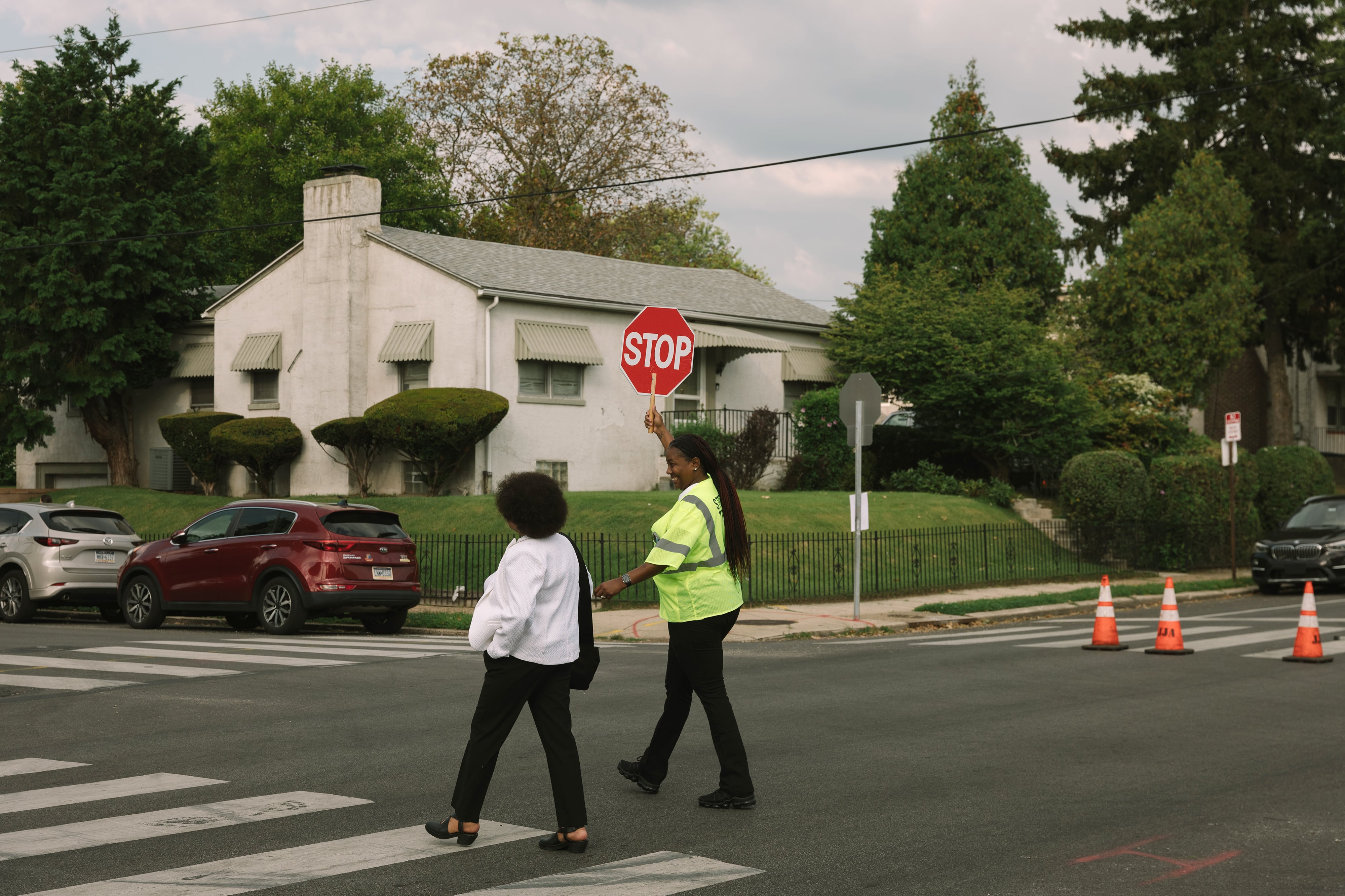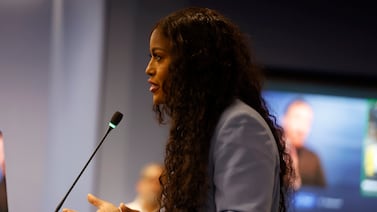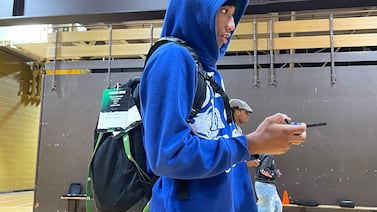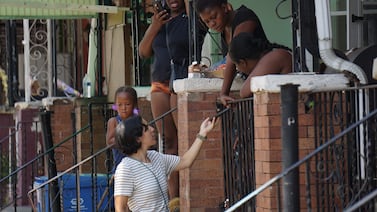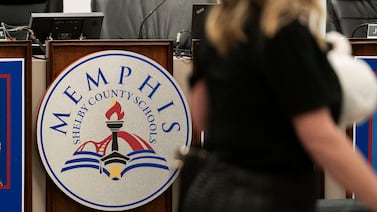Sign up for Chalkbeat Chicago’s free daily newsletter to keep up with the latest education news.
Chicago Public Schools’ layoff of 161 employees last week is a likely precursor to more budget cuts the district will consider to address a $734 million deficit.
The layoffs included 87 people represented by SEIU Local 73 — nearly all of whom were crossing guards — plus 67 employees in the district’s central and network offices, and seven people represented by the Chicago Teachers Union, CPS confirmed to Chalkbeat.
The district also said it will not fill more than 200 vacant positions, including 166 at the central office and 19 CTU-represented positions. The district originally said it would not fill 24 open crossing guard jobs as part of freezing those open positions, but late Monday revised that figure to 19.
The district said Tuesday it has found roughly $150 million in savings for the next fiscal year through cuts at the central office and citywide staffing, including through layoffs, cuts in contracting, and “scaled-back citywide programming.” These don’t include cuts to school-based jobs. The district declined to say exactly how much money last week’s layoffs saved.
Crossing guards are assigned to streets and intersections at public and private schools, the district said Tuesday. At CPS schools, the district cut the number of intersections that were covered — meaning, for example, a school with four covered intersections may now only have guards at three of them.
The layoffs were of people who work citywide or in central offices and are not assigned to schools, CPS spokesperson Sylvia Barragan said in a statement. Under the leadership of previous district CEO Pedro Martinez, officials were “identifying ways to be more efficient and find cost savings across our central offices and administrative functions” and also cut other expenses, including some contractual services “to further limit the impact on school communities,” Barragan wrote.
Barragan said school-based “staffing adjustments” will come in July. While schools lay off some people every year, those employees often find jobs in other schools. This year’s cuts could go deeper than in past years, given the size of the deficit.
The district was already preparing to make cuts to close a budget gap previously projected at $229 million. That projection assumed the district would receive hundreds of millions of dollars in additional revenue, which has not materialized. Without those additional dollars, the district expected to see a $529 million deficit.
Now, the district’s official deficit for the fiscal year beginning Tuesday has grown to $734 million because of additional expenses that interim CEO Macquline King is factoring in, including a $175 million pension reimbursement to the city.
That deficit represents the most dire financial situation for CPS since at least before the pandemic, and it remains unclear how CPS will close it. The district is expected to present a budget proposal to the Chicago Board of Education later than usual, most likely in late July or early August. To narrow the deficit without major budget cuts, the district may also consider borrowing, an idea that is already dividing the school board.
In a presentation to school board members in April, CPS officials indicated that in a scenario with a $734 million deficit, funding that goes directly to schools could take a 10% hit — or $300 million to $400 million. It’s unclear if that’s still the sort of scenario officials are considering.
The uncertainty is sowing anxiety in school communities, which could face additional cuts and layoffs before the start of the school year.
In a statement, SEIU Local 73 president Dian Palmer said last week’s layoffs are likely just the beginning. Laying off “any of these essential workers” would represent a “significant blow to our education system,” Palmer said.
In a statement, the CTU said it is planning to drum up support for more state funding this summer by knocking on doors and visiting state lawmakers.
“Parents shouldn’t have to be worried about if their child’s class will have a chemistry teacher or if there will be staff to meet the needs of their IEP, and educators shouldn’t have to spend their summer attending job fairs instead of planning lessons for the coming school year,” the union said.
The CTU and SEIU held back-to-back rallies last week calling for the district to avert layoffs of their members. The unions have called for additional revenue that, for now, seems unlikely to pan out. That strategy includes seeking more money from the state and calling on Mayor Brandon Johnson to provide more money to CPS from a pool of tax dollars for development projects. CTU President Stacy Davis Gates has also supported the idea of borrowing to stave off cuts.
Chalkbeat Chicago bureau chief Becky Vevea contributed.
Reema Amin is a reporter covering Chicago Public Schools. Contact Reema at ramin@chalkbeat.org.

